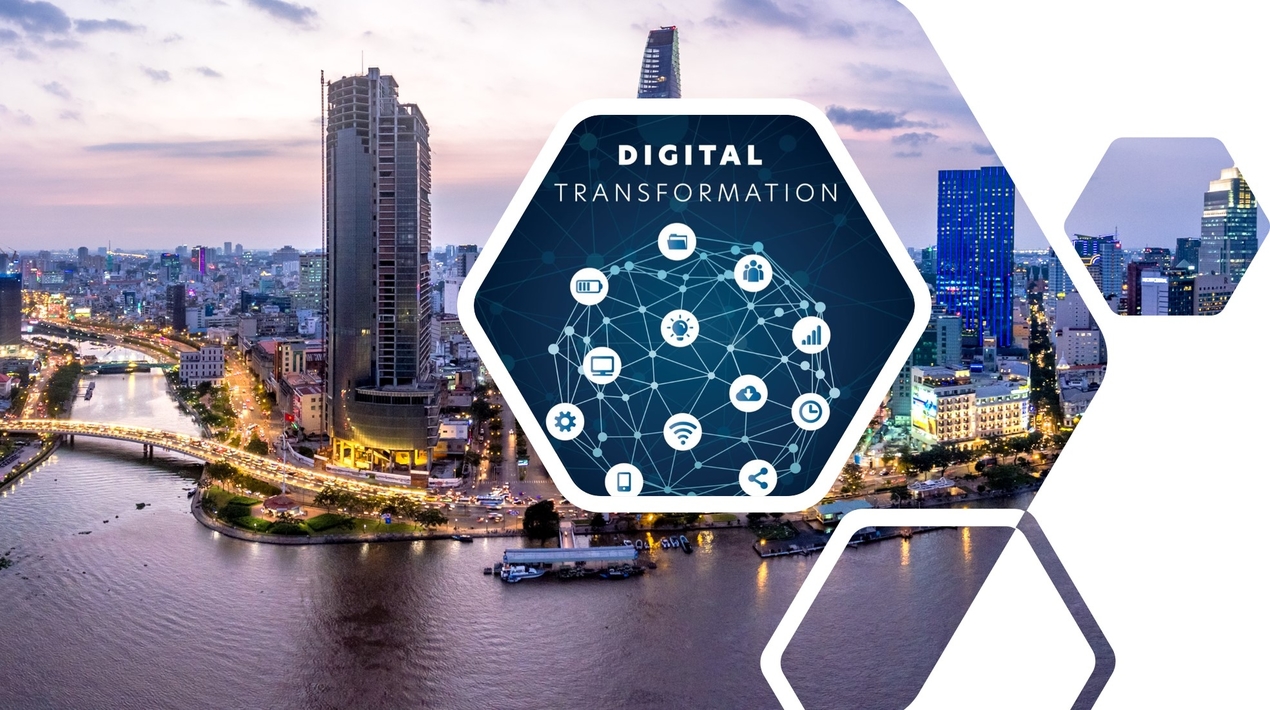
Minister of Information and Communications Nguyen Manh Hung said that innovation would help turn Vietnam into a developed country by 2045. He said that innovation always has to start with awareness and thinking and has to be seen from different perspectives. Old infrastructure, old ways of doing things, old knowledge, old products, old business models are no longer suitable. The country needs new infrastructure, new ways of doing things, new knowledge, new products, new business models.
That is why many people say that digital transformation is more of a policy revolution than a technology revolution. Adopting new business models, new technologies that fundamentally change industries. If we are open to accepting the new, then the new technology of the world will come, talent from all over the world will come, a new industry will emerge and the cradle of Vietnam will create exportable digital technology products.
In many areas, progress was simply to do the opposite and finding ways to avoid mistakes. Now it is to make and learn from mistakes faster. In the past, it used to be to study first and work later, now it is to do first and then study. Previously, it was having works first and then recruiting suitable employees, now it is finding the right person first and then thinking about what to do.
Innovation in enterprises can be understood as using technology, mainly digital technology, to automate and make smart the entire production and business process of the enterprise, from management to production and sales. Innovation often creates opportunities for new companies with breakthrough new technologies. So how do businesses handle innovation? There are three approaches:
- First, promote emerging technologies and markets so that they become big enough, fast enough to contribute to company growth.
- Second, wait until the new market becomes clear and the new technology becomes clearer and join when the market is big enough and becomes attractive enough.
- Third, assign the responsibility of commercialising breakthrough technologies to new components, which are small enough so that their business performance depends only on new technology, new markets.
Studies show that the third approach is more promising. The first way is difficult to succeed because new technologies and new markets do not necessarily create a huge impact in a short time. The second way is too late – catch up strategy. With this perspective, big and successful companies still have the opportunity to continue to exist and develop, but must be divided into two independent organisations with two different operating ways, two different cultures. And this is not easy.
The fastest way to accelerate the digital economy is to use digital technology to change the way we are do everything – primary industries, manufacturing, business, work, life. The digital economy includes economic activities that use digital information and digital knowledge as the main production factor. They use the internet and information networks as space for operation and use ICT, that is, telecommunications and IT, to increase productivity. In simple terms, the economy is related to digital technology.
Thus, from the point of view of the digital economy or digital transformation, enterprises must focus on digital transformation to become digital enterprises, while the government focuses on changing the institutional mindset to accept new business models and breakthrough technologies.
Therefore, it is necessary to start digital technology and develop Vietnamese digital technology enterprises. Using digital technology to solve Vietnamese problems, and from the cradle of Vietnam, these technology businesses will go global.
The challenges of innovation are always enormous. But the chances of a developing country like Vietnam are even greater. And this is also an opportunity for Vietnam to change its rankings and become a developed country by 2045.
















